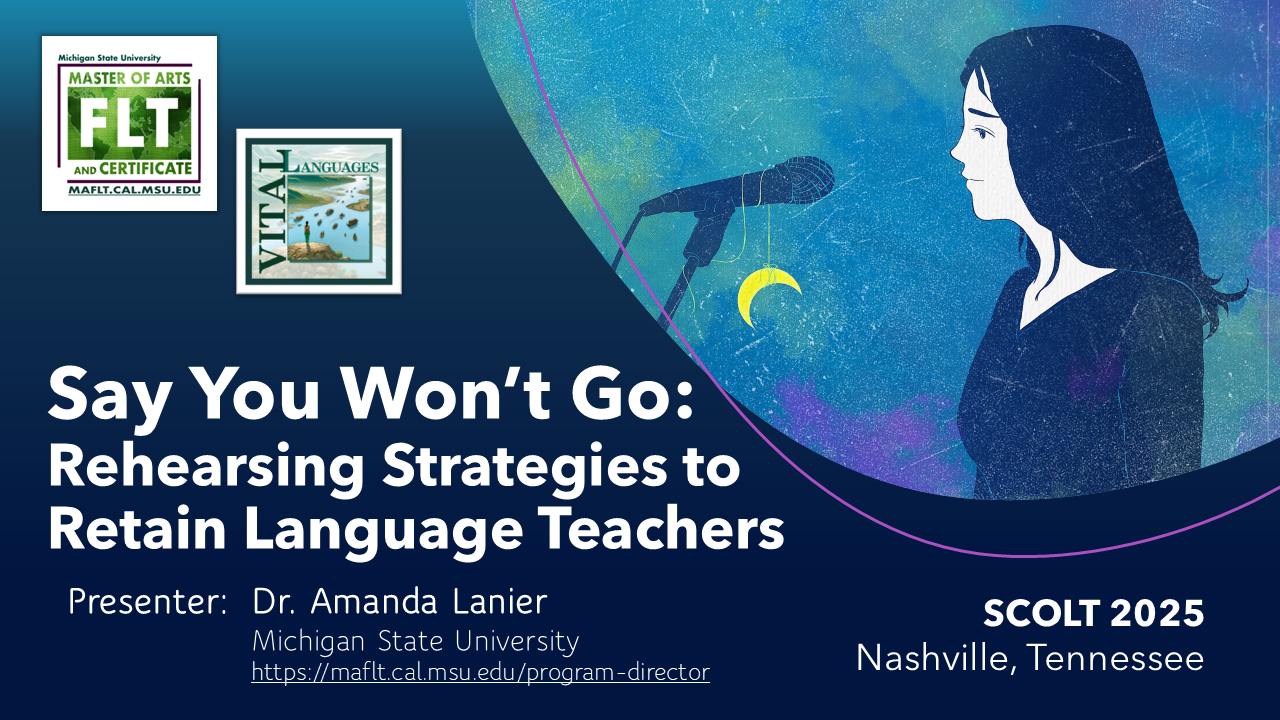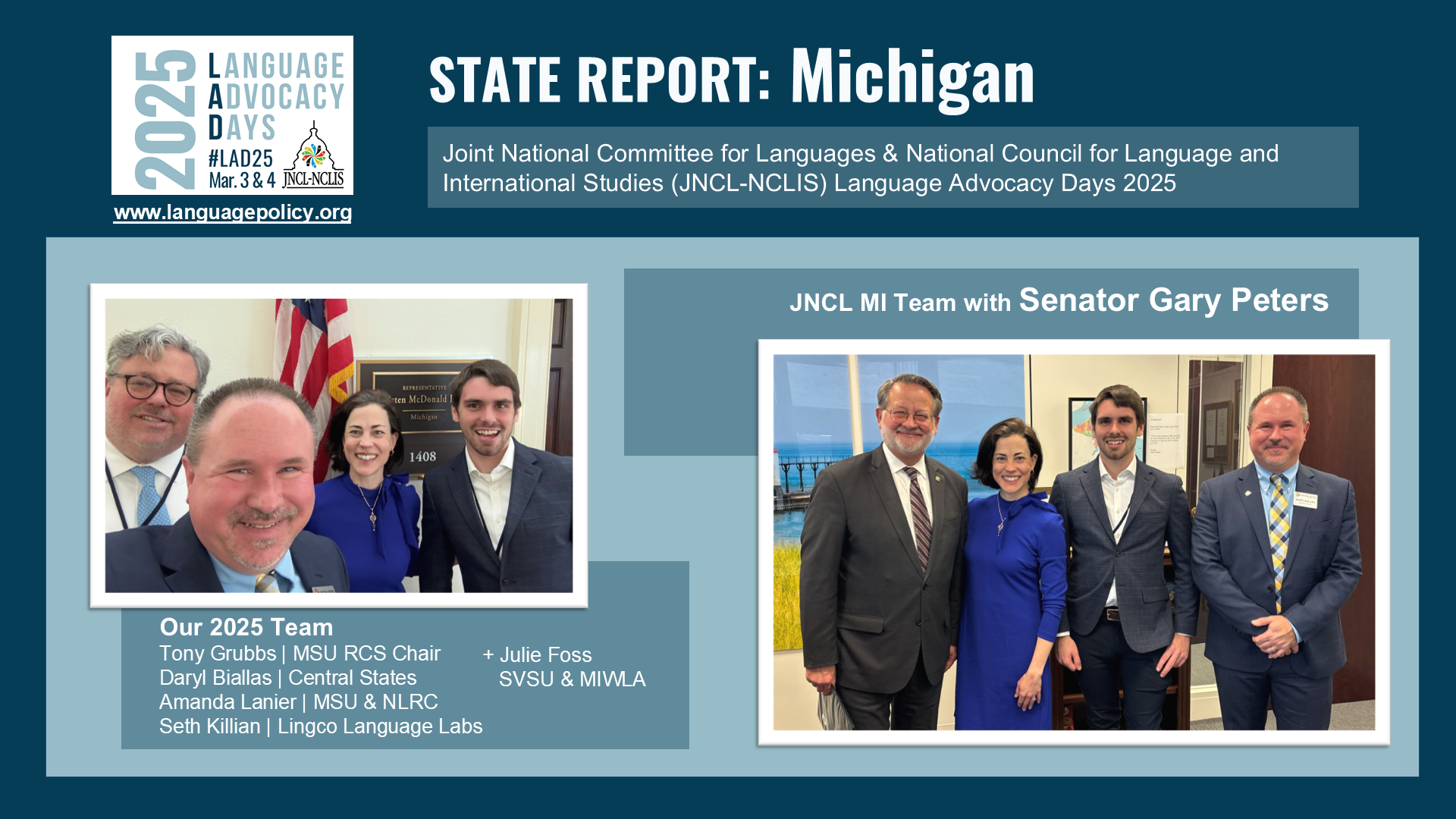The academy is changing, believe it or not, and with it the ways in which academics can and should present themselves online are also changing. When I was working on my PhD in Applied Linguistics at Georgia State, the faculty socialized me to prepare for a tenure-track position with a heavy emphasis on research, as faculty are wont to do. At the time when I had to go on the market, though, I happened to put out feelers at the same time that the Second Language Studies program at Michigan State was starting a search for faculty to build the fledgling MA in Foreign Language Teaching program.
The result was that I moved from Georgia to Michigan and dove into learning the skills of instructional design for distance-based learning and adapting my background in language teaching and qualitative research to the needs of in-service foreign language teachers across the U.S. and the globe. As I write this nearly seven years later, I am directing the program (following the illustrious examples of Dr. Paula Winke and Dr. Dustin De Felice) and settling into the idea that online instruction and administration are not passing phases.
Originally my portfolio was created as evidence of excellence in teaching when I applied for Designation B, which is a status available to fixed-term faculty at Michigan State involving an extended contract and other benefits. It includes the typical features of an academic curriculum vitae, and I have that as well. In addition to the required elements of the application and elements of a CV, though, I also thought it was important to articulate the underlying principles of design and philosophy of teaching (and teaching teachers) that guide my work with our graduate students.

As faculty in the MAFLT, I have designed at least 10 online courses (depending on how you count major revisions) and regularly teach eight or nine courses a year. Topics include methods and approaches of language teaching, theories and research in second language acquisition (SLA), culture and intercultural competence, linguistics, sociolinguistics, and literacy, all geared toward the needs and concerns of foreign language teachers.
Though I am deeply embedded in the work of running the largest graduate program in the College of Arts and Letters and teaching up to eight graduate courses a year, I also continue to collect and analyze data and to supervise my students in creating and carrying out research projects. On campus and at conferences including ACTFL, CALICO, NCOLCTL, and AAAL, I have presented on identity and intercultural communication in online spaces, teaching heritage language learners, and inductive approaches to grammar involving corpus analysis. Lately I am particularly concerned with teacher cognition and development, particularly in regard to recent trends toward comprehensible input-based approaches and engagement with and in research. There are links to presentations, bibliographies, and projects throughout this site.

If you have read this far, then I will honestly tell you that it is difficult to look at my CV and see that my work, my own contributions to the field, have primarily been limited to presentations and rarely articulated in the form of peer-reviewed publications. My advisor, as supportive as she was during my studies and still is today, would like to see me in a tenure-track position. However, the position in which I find myself now, generating the kind of work that goes into a portfolio and not just a paper CV, offers flexibility and inspiration that can allow me to pivot in the face of the changes that are coming to the academy and to redefine intellectual leadership for myself, with my colleagues, and in my students. As our dean has said, traditional academic titles and roles are not “ends in themselves” but rather “indicators of success along a longer path to intellectual leadership and a meaningful life” (Long View Blog).




